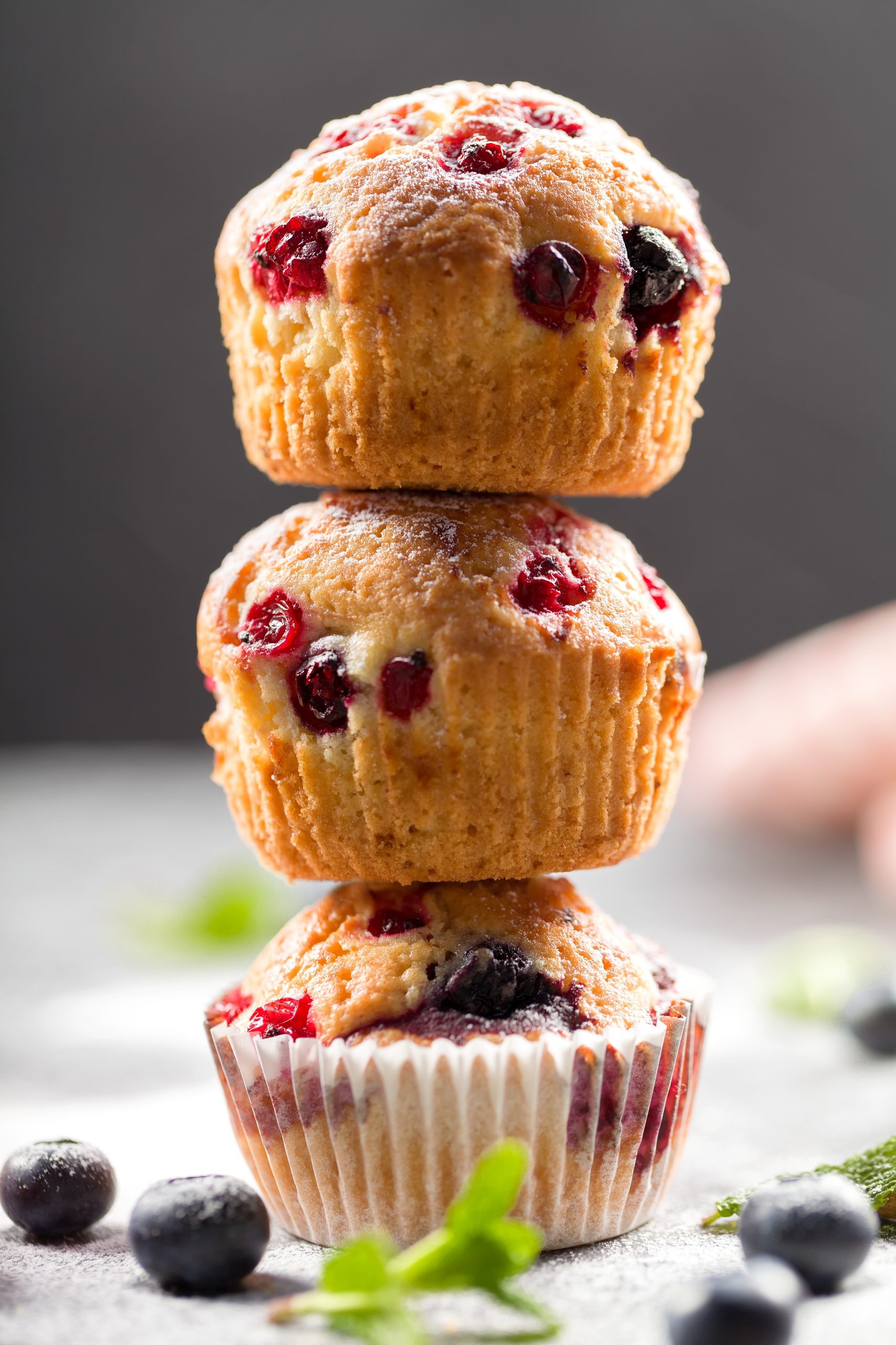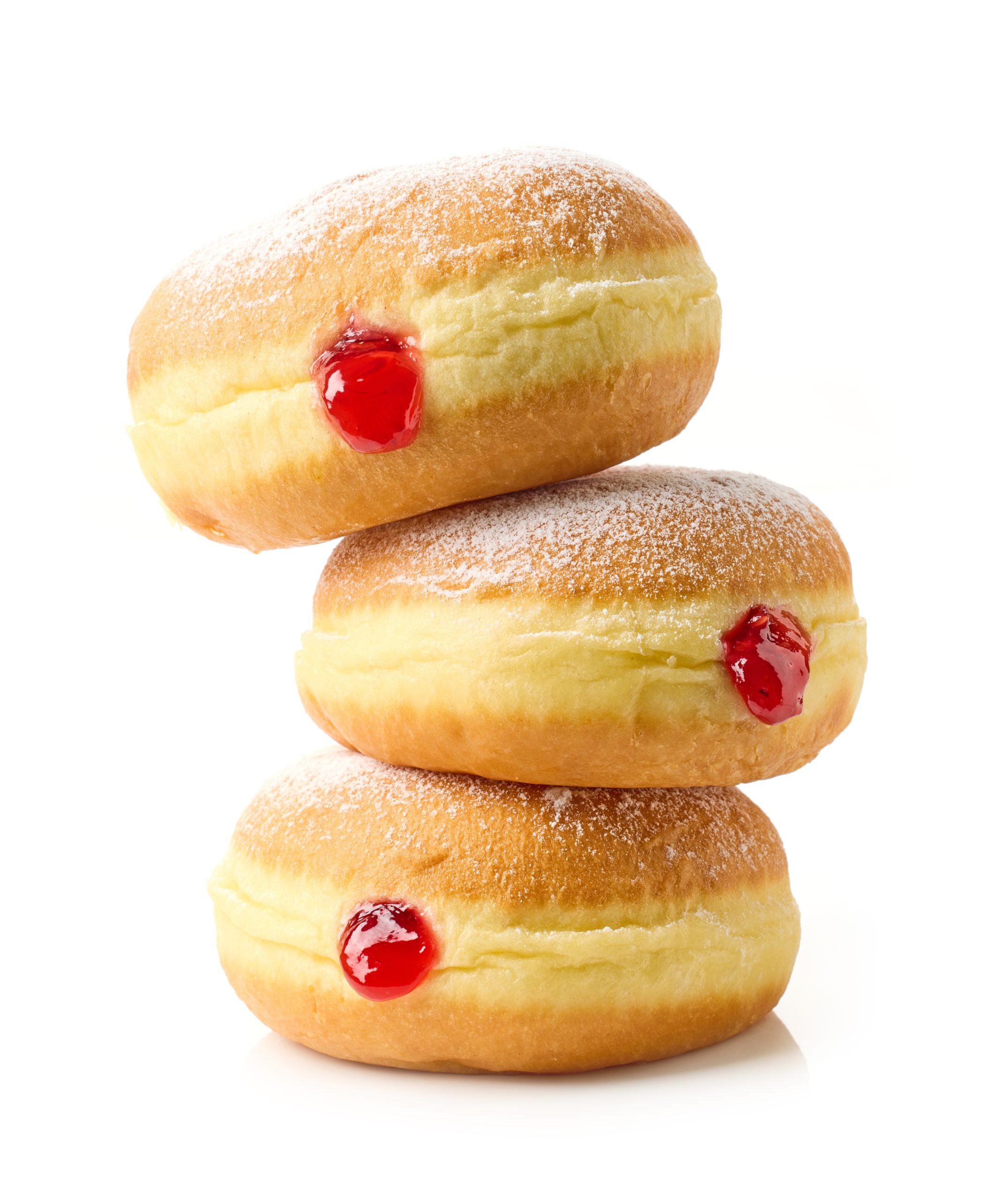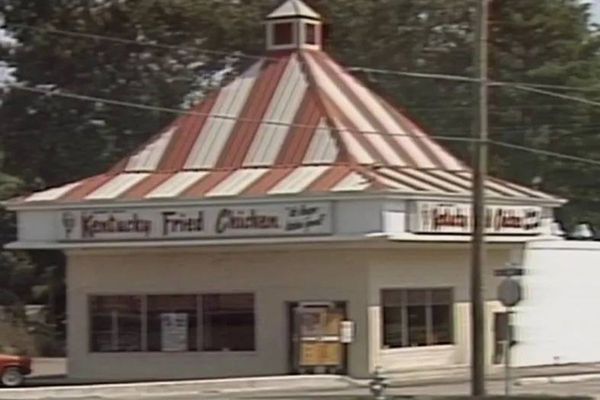The aroma of an in-store bakery suggests ultimate freshness. We imagine bakers crafting everything from scratch each morning. However, many items in that tempting display case hide a secret. They are often made with older ingredients or leftover products. Bakeries use these clever tricks to reduce waste and maximize profits. This means your “freshly baked” treat might not be as fresh as you think.

1. Fruit Muffins Using Old Produce
Those appealing blueberry or banana nut muffins likely contain older fruit. The produce department sends its slightly bruised or overripe fruits to the bakery. These fruits are perfect for mashing into muffin batter. It is a smart way to reduce waste. It also means your muffin’s fruit component is not the freshest.
2. Bread Pudding from Stale Loaves
Bread pudding is the ultimate destination for yesterday’s unsold bread. Bakeries will cube up stale baguettes, challah, or other loaves. They then soak them in a sweet custard. This process gives the old bread a new, delicious life. It is a classic example of waste reduction. It is also a clear sign that the core ingredient is not fresh.
3. Croutons and Breadcrumbs Made from Leftovers
Similarly, bakeries make croutons and breadcrumbs from day-old bread. They slice, season, and re-bake the stale loaves. This turns an unsellable item into a new, profitable product. While effective, the “fresh” croutons are made from bread past its prime.
4. Savory Pastries with Deli Ends
Savory pastries filled with cheese or meat can hide leftovers. A cheese danish might use the ends of cheese blocks from the deli. A ham croissant could contain off-cuts not suitable for slicing. These ingredients are perfectly safe. They are just not the premium quality you might expect.
5. Cake Pops from Cake Scraps
Cake pops are a clever use of bakery leftovers. Bakers take scraps from trimmed or unsold cakes. They mash these scraps with frosting and roll them into balls. These are then dipped in a coating and decorated. This popular treat is literally made from the bakery’s garbage.
6. Heavily Frosted Brownies
A thick layer of frosting can hide a multitude of sins. Bakeries can use extra frosting or toppings on brownies that are a day or two old. This adds moisture and masks any dryness. The decorations distract from the fact that the brownie itself is not at peak freshness.
7. Filled Doughnuts Masking Stale Dough

A doughnut’s freshness is fleeting. A jelly or cream filling can help revive a slightly stale doughnut. The moist filling counteracts the dryness of the older dough. This allows the bakery to sell a product that might otherwise be discarded.
8. Free Samples from Older Batches
The free samples offered at the bakery counter are rarely from the freshest batch. Bakeries use samples as a way to move older inventory quickly. Giving away the items nearing their end-of-shelf-life encourages sales. It also ensures less product gets thrown away at the end of the day.
9. Cookie Cakes Using Leftover Dough
A large, decorated cookie cake is often made from leftover dough. This dough might be from previous batches of individual cookies. It is a simple way for the bakery to use up excess raw materials. The final product looks fresh, but its origins might be older.
10. The Discounted “Day-Old” Rack
This is the most honest way bakeries handle leftovers. They clearly label yesterday’s unsold bread and pastries. They sell them at a significant discount. This is a great deal for shoppers. It is also a clear admission that the products are not fresh.
11. Quiches and Stratas Using Old Bread
Savory breakfast items like quiches or stratas often use day-old bread. The stale bread is perfect for soaking up the egg mixture. This is another traditional and smart way to repurpose leftovers. It turns an old ingredient into a new, appealing dish.
Master of Illusion
The bakery department is a master of illusion. It uses delicious smells and beautiful displays to signal freshness. However, the economic pressure to reduce waste is immense. This leads to many clever, hidden uses for older ingredients. While these practices are usually safe, they mean that “freshly baked” does not always mean “made today from fresh ingredients.”
Do you think using old ingredients in new bakery items is acceptable? Does this information change how you shop at the in-store bakery? Let us know!
What to Read Next
- 11 Bakery Tricks That Keep You Buying More Bread
- 7 Baked Treats That Are Always Cheaper Homemade
- 7 Hidden Discounts Lurking in Your Supermarket Bakery Aisle
- What You’re Not Being Told About Store Bakery Safety
- What Happens to Bakery Leftovers You Don’t Buy?
The post 11 Store Baked Goods That Hide Old Ingredients appeared first on Grocery Coupon Guide.







